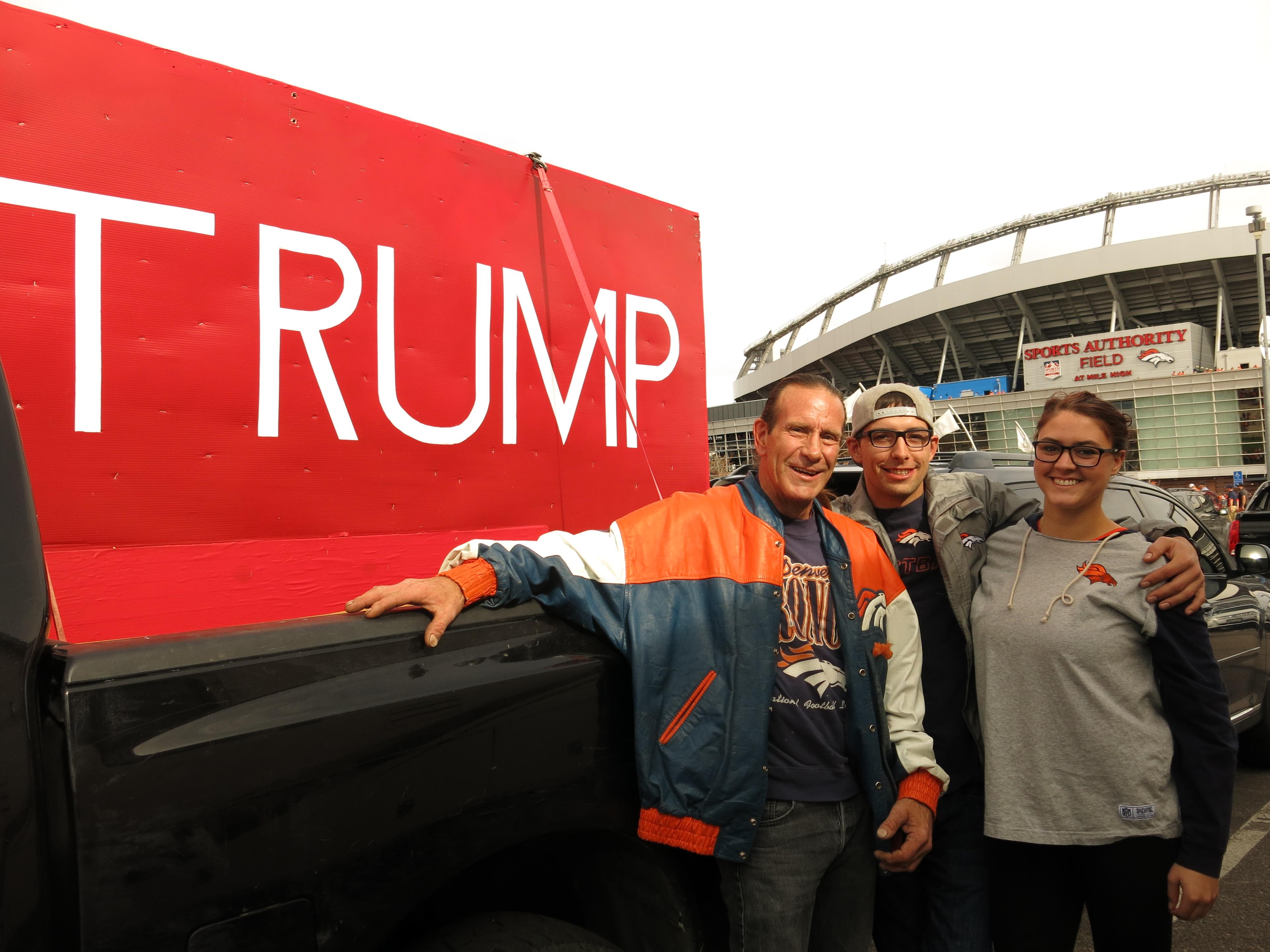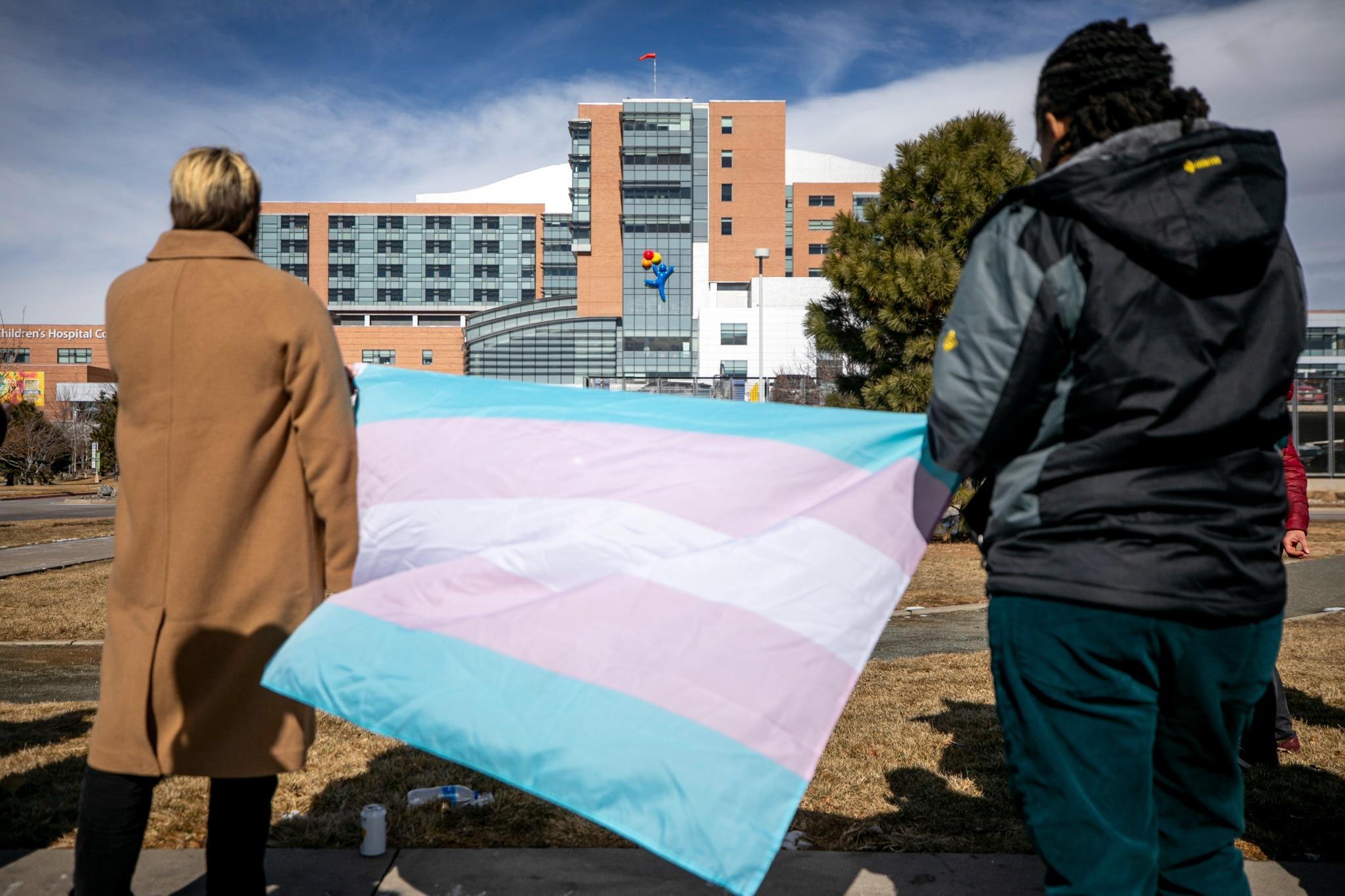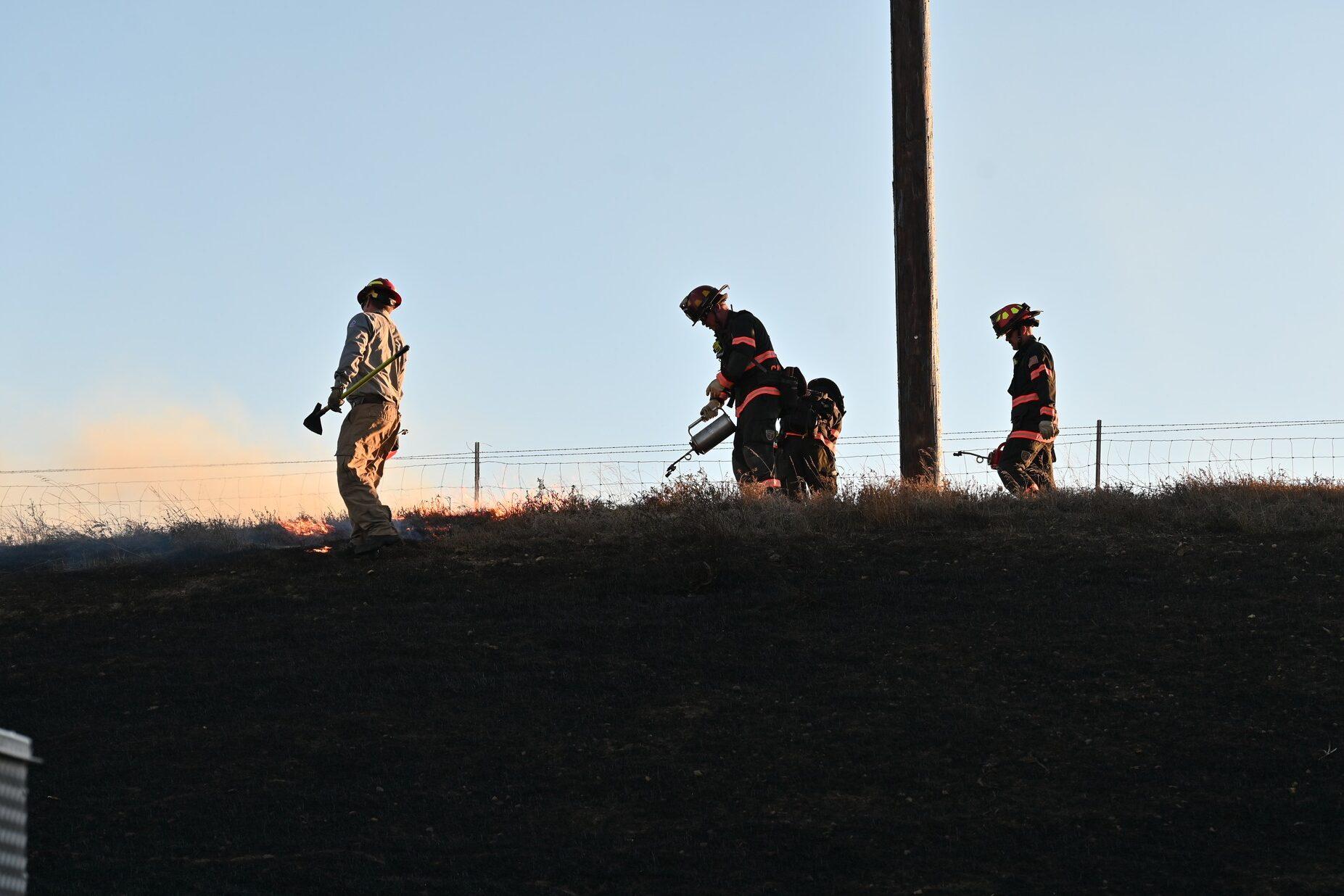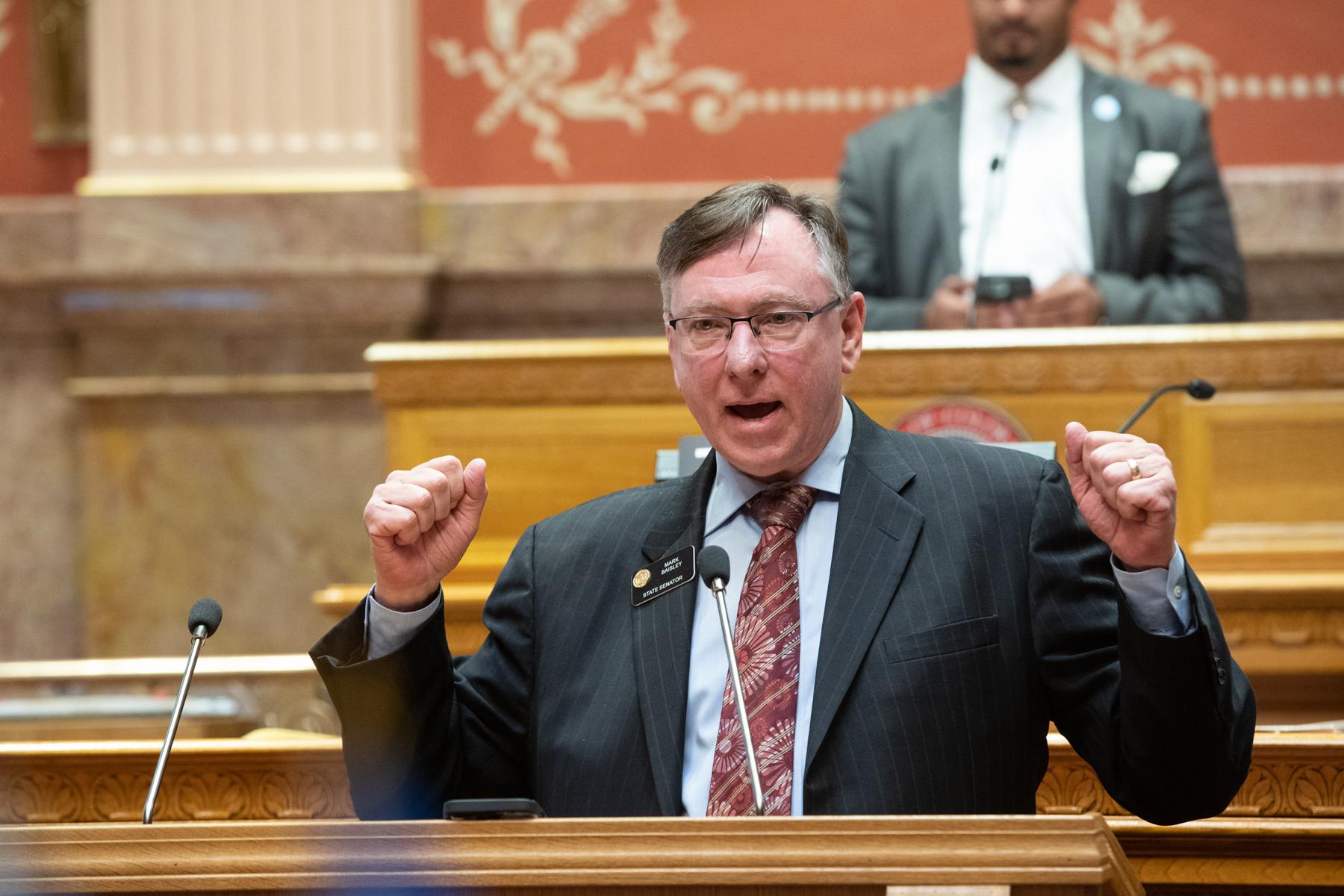
When early ballot return numbers from the Secretary of State started coming out, they were good news for Democrats. The party took -- and has held -- a lead in the number of ballots returned. As of Halloween, Democrats accounted for 38-percent of the votes in so far. Republicans were next at 35-percent. Unaffiliated voters and the state’s minor parties made up the rest.
“Over the last week it’s been growing and growing,” said David Flaherty with Magellean Strategies. “So the real question here is, can they maintain it? “
Flaherty, a Republican pollster, tracks these numbers very closely every election cycle. In the past, Republicans have tended to dominate Colorado’s early returns. Flaherty’s not sure what’s changed this year.
“Are they sitting on their ballots? Is it because their organization for getting out the vote is not as strong as the Democrats? We don’t know the answers to that, but the Democrats seem to be more motivated and eager to vote than Republicans right now,” Flaherty said.
These numbers have a big impact on where each party focuses its resources between now and Election Day. Flaherty says his side -- the Republicans -- are still chasing their core voters to get their ballots in. Democrats though “have more votes banked,” giving them more time to seek out “lower-propensity voters as insurance.”
“It’s still tight, but at the end of the day, you know, they obviously have like 30,000 more votes banked than we do, and that can make a big difference on turnout efforts,” Flaherty said.
Those turnout efforts are expected to go into overdrive once Election Day approaches. Political strategist Rick Ridder said procrastinators should be ready for a lot of attention.
“Over the next couple days, you’ll see people at your door,” he said. “You’ll probably get robocalled. And you’ll get pieces of mail reminding you to go vote.”
The ballot return numbers coming out of the Secretary of State’s office just report how many people of each party have voted. Not for whom they’re voting. Officials won’t release those results until polls close on Election Day. There’s been a lot of talk about Democrats who might support Donald Trump and Republicans who could cross the line for Hillary Clinton. But Ridder -- who’s tracked voter behavior for liberal ballot campaigns -- said it would be very surprising if much of that ends up happening.
“It’s really amazing. When you look at human behavior, voting for your political party is one of the most frequent activities that we do.”
Ridder said historically, people support their party nine times out of 10. But that doesn’t mean they have to be happy about it. That much is apparent if you ask voters about it. Tailgating outside of the stadium ahead of the Denver Broncos game against the divisional rival San Diego Chargers, Toni Hilton wasn’t short on opinion.
“I’m going to hold my nose, and vote for Trump,” she said.
Hilton may not like Trump, but she thinks Clinton’s a criminal. Max Erdwien considers the Democratic nominee’s transgressions more politics-as-usual. “Clinton is corrupt, but I’m voting for her anyway,” he said, because Trump scares him. Across the parking lot, Nick Townley of Aurora said he’ll fill out most of his ballot, but when it comes to the race at the top he’s “probably not going to vote.” He doesn’t “want a hand in it.”
Tailgater Brandon Fancher simply echoed how many Americans are likely feeling at this point.
“I’m ready for this to be over,” he said. “The social media posts and just the advertisements. I’m just, I’m ready for it all to end and to go back to a little bit more normalcy.”









